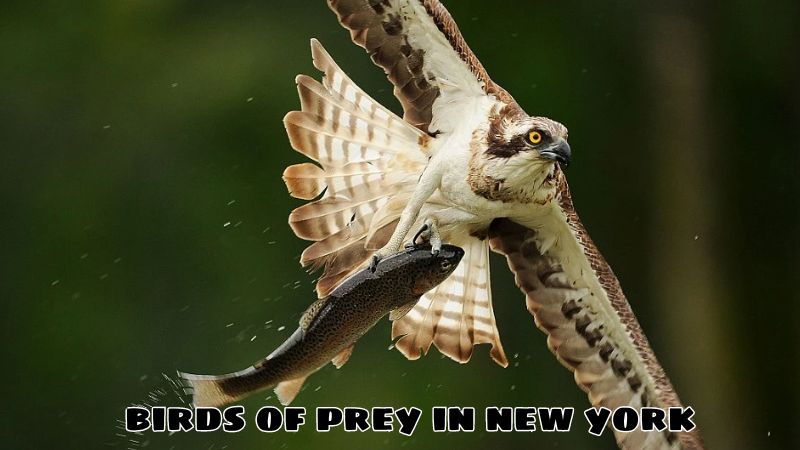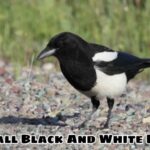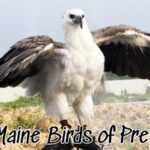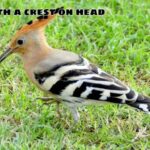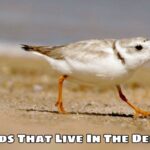Birds of prey in New York provide an impressive and interesting image amidst the bustle of a big city. While the city is famous for its skyscrapers and is constantly growing, birds of prey such as bald eagles, hawks and owls still find ways to adapt and survive in the challenging urban environment.
Their presence not only enriches the city’s biodiversity but also makes an important contribution to maintaining ecological balance. Join Exoticbirdscorner to explore the lives of these birds of prey, opening up a new side of New York, where nature and urbanity blend uniquely.
Birds of prey habitat in New York
New York City: An exceptional urban environment
New York City stands out with skyscrapers, green parks, along with rivers and lakes scattered everywhere. This is a special urban environment, combining the bustle of the city area and the natural beauty of open spaces.
Areas where birds of prey often appear, Birds of prey frequently appear in locations such as Central Park, riverside areas, and wilderness areas located near cities. These areas provide ideal environments for them to hunt and live.
Adaptation of birds of prey to urban environments
Birds of prey have developed excellent adaptations to urban environments. They forage and nest in the unique conditions of cities, taking advantage of available food sources and urban structures such as high-rise buildings for shelter and hunting.
Birds of prey in new york
Native birds of prey:
Bald Eagle: As the national symbol of the United States, bald eagles are present in New York in significant numbers. They often live and nest in areas with suitable habitat such as riverbanks and lakes.
Hawks: Among the common hawk species in New York, many species have unique hunting habits and are adapted to urban environments and green areas. Hawks are often seen hunting in parks and suburbs.
Owls: Owls are common in New York, with activity occurring mainly at night, often searching for food and nesting in quiet areas of the city or surrounding areas.
Migratory birds of prey:
What seasons do birds migrate through New York?: Many birds of prey migrate through New York in the fall and spring, as they move between breeding and wintering areas.
Why do they choose New York as a stopover or temporary place to live?: New York offers abundant food sources and suitable shelter areas, making it an ideal stopover or place to live. temporary habitat for migratory birds of prey on their journey.
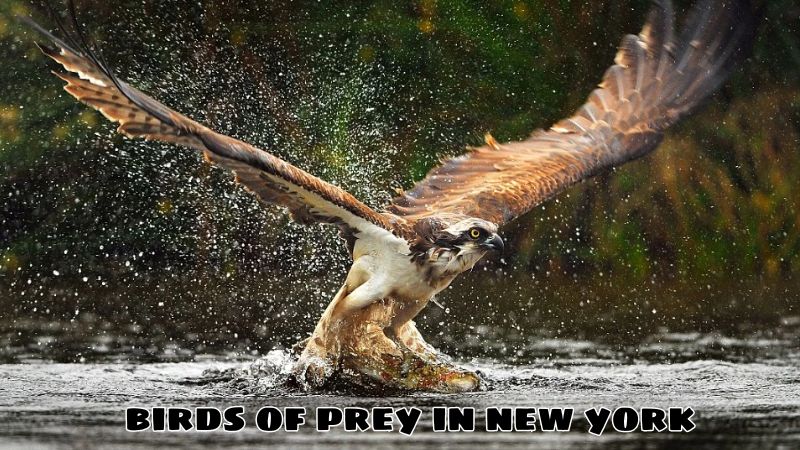
Challenges and survival opportunities for birds of prey in New York
Challenge:
Habitat loss due to urbanization: Urban expansion has reduced the area and quality of natural habitats for birds of prey.
Environmental pollution: Air and water pollution affects the health of birds of prey and their food sources.
Conflict with humans: An increase in human activity in urban areas can lead to conflicts, such as bird disturbance or loss of shelter.
Lack of food: Declines in prey populations due to environmental changes and pollution can reduce the amount of food available to birds of prey.
Opportunity:
Sanctuaries and parks: Sanctuaries and parks like Central Park provide safe habitat and essential resources for birds of prey.
Wildlife protection efforts: Wildlife protection and management programs help conserve bird of prey habitat and reduce threats.
Rich food source from parks and rivers and lakes: Parks and rivers and lakes create a rich and diverse food source, supporting the nutritional needs of birds of prey in the city.
The role of birds of prey in urban ecosystems
Regulating rodent populations: Birds of prey play an important role in controlling the population of rats, squirrels, and other rodents, helping to maintain balance in urban ecosystems.
Ensuring ecological balance: Birds of prey contribute to maintaining biodiversity in the city by regulating the population of smaller animals and maintaining ecological balance.
Environmental quality index: The presence of birds of prey can reflect habitat quality, indicating the health and stability of the urban ecosystem.
Birds of Prey Conservation in New York
Conservation activities:
Create nature reserves: Establish and maintain nature reserves to provide safe habitat for birds of prey.
Community education on wildlife protection: Increase awareness and educate the community about the importance of protecting birds of prey and wildlife.
Research and monitor bird of prey populations: Conduct ongoing research and monitoring to better understand population status and factors affecting birds of prey.
Community role:
What can each person do to protect birds of prey?: Each individual can contribute to protecting birds of prey by participating in conservation activities, reducing pollution, and avoiding disturbing or harming them .
The importance of working together to protect the environment: Working together to protect the environment is important to maintain healthy ecosystems and support the lives of birds of prey and other animals.
Epilogue
New York’s birds of prey are not only powerful symbols of urban ecology, but also play an essential role in maintaining biological balance. These birds, from bald eagles to owls and hawks, help regulate rodent populations and reflect habitat quality.
Although they face many challenges such as habitat loss and pollution, conservation efforts, along with community participation, have helped protect and sustain bird of prey populations. Understanding and supporting their survival not only protects wildlife but also contributes to the sustainability of urban ecosystems.

